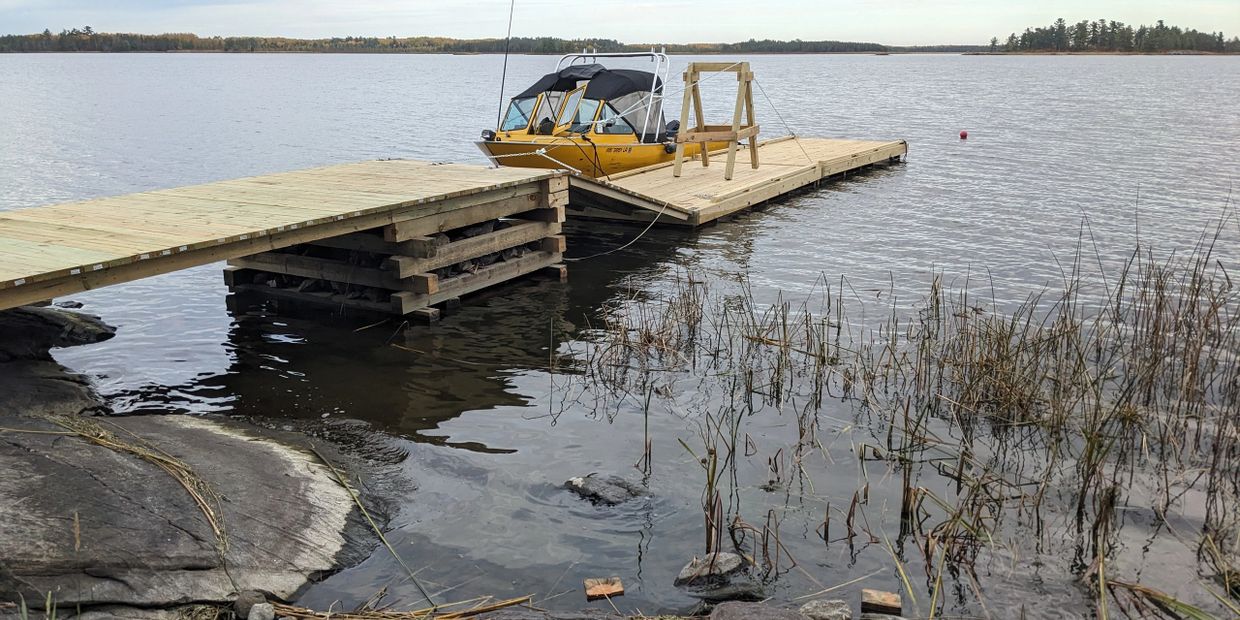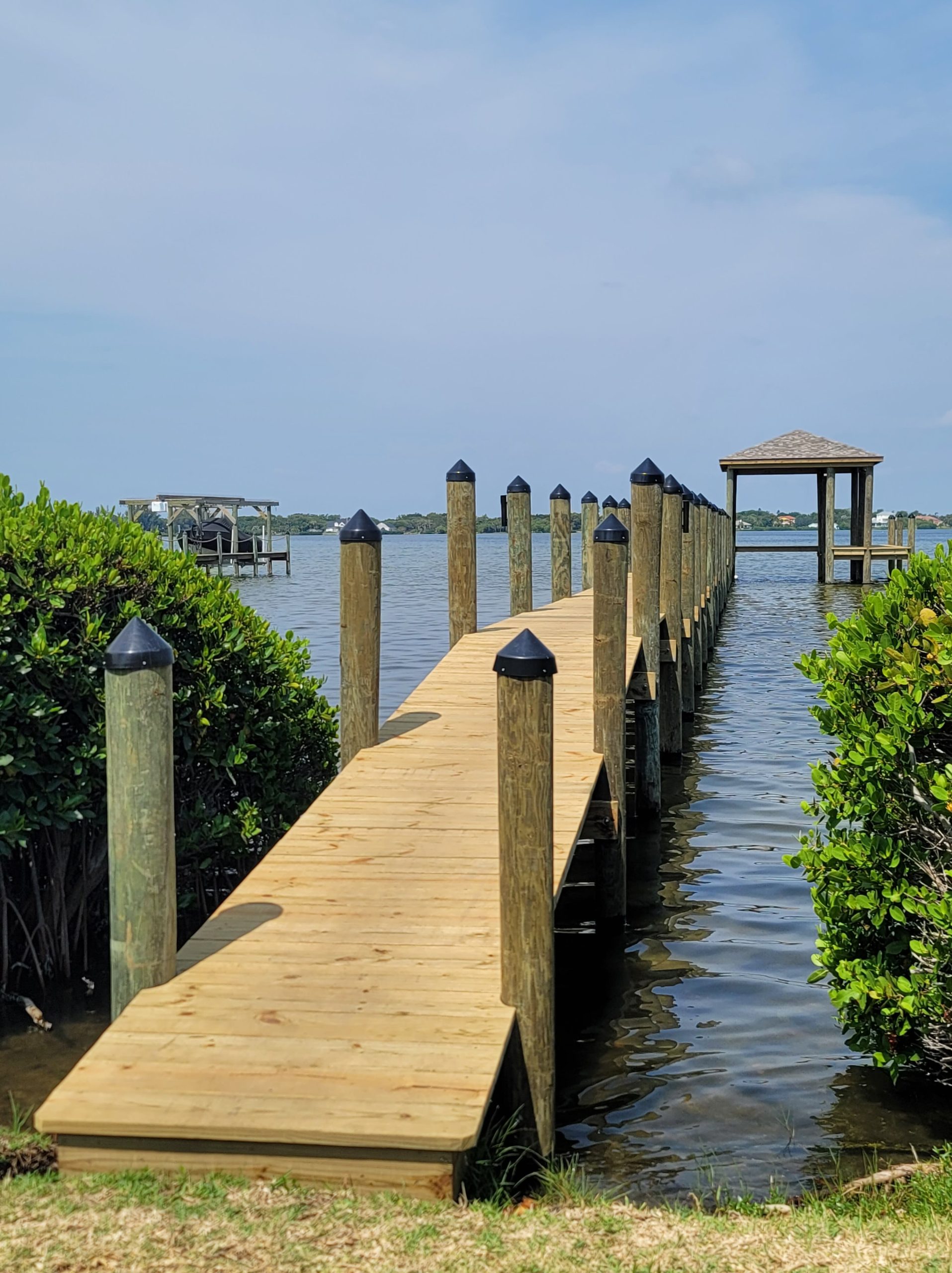Essential Guide to Economical Dock Repairs for Homeowners
Essential Guide to Economical Dock Repairs for Homeowners
Blog Article
Reliable Dock Repair Service Techniques: Guaranteeing Architectural Stability
Guaranteeing the structural stability of anchors with reliable repair service techniques is vital for the longevity and safety of aquatic facilities. This involves a multi-faceted method beginning with extensive evaluations making use of advanced modern technologies like sonar tools and remotely operated automobiles (ROVs) to spot both noticeable and concealed damages. Subsequently, choosing the appropriate repair products, such as composite materials and corrosion-resistant alloys, is crucial for toughness. Architectural support techniques, consisting of the implementation of cross-bracing systems and load-distribution plates, play an essential function in mitigating stress factors. The significance of these methods ends up being apparent when discovering advanced repair work techniques and preventative upkeep approaches.
Analyzing Dock Damage
Evaluating dock damage is a crucial first action in making sure the architectural stability and safety of any kind of docking facility. This first analysis entails a detailed evaluation to identify both covert and visible damages. Trick facets to take a look at include the dock's structure, pilings, outdoor decking, and hardware. Each component must be looked at for indications of wear, rot, deterioration, or other kinds of deterioration that might jeopardize the architectural stability.
Structural engineers or certified inspectors normally execute these assessments making use of specialized tools and methods. As an example, undersea examinations may utilize sonar devices or remotely operated cars (ROVs) to discover submerged damage. Above water, visual evaluations are complemented by utilizing dampness meters and other diagnostic devices to reveal underlying concerns not right away visible to the nude eye.

Deciding On Repair Service Materials
Selecting the appropriate fixing products is an essential action in the dock repair procedure, one that straight affects the durability and efficiency of the fixed framework. Product selection have to be driven by aspects such as ecological conditions, load-bearing demands, and compatibility with existing dock components.
In addition to wood, composite products are significantly prominent as a result of their resilience and reduced maintenance demands. Compounds, normally made from a mix of plastic and timber fibers, use excellent resistance to rot, bugs, and UV damage. For metal docks, picking corrosion-resistant alloys such as galvanized steel or marine-grade aluminum is important to protect against corrosion and guarantee architectural stability in saline water conditions.
Epoxy materials and marine-grade sealers are crucial for repairing splits and securing joints, providing a water-proof obstacle and enhancing the dock's overall toughness. By meticulously selecting premium materials, dock repair services can attain durable results, thus securing versus future destruction and making certain safe, dependable use.
Architectural Support Methods
Effective structural reinforcement techniques are important in making sure the security and durability of dock fixings. This method is particularly reliable for docks exposed to hefty lots or extreme ecological problems.
One more necessary strategy is the application of fiber-reinforced polymers (FRP) These products use high strength-to-weight proportions and exceptional resistance to rust, making them suitable for enhancing concrete or wood anchors. FRP can be applied in strips or sheets and bonded with epoxy resins to boost architectural stability.
Bracing and securing systems likewise play an important function in structural support. Cross-bracing, utilizing metal or wood beam of lights, can counteract side forces, reducing guiding and motion. Anchoring systems, such as helical piers or driven heaps, offer a stable foundation by moving loads to much deeper, much more secure soil layers.
Last but not least, the integration of load-distribution plates can aid distribute weight a lot more evenly throughout the dock's surface area, reducing local stress factors. These techniques jointly ensure that docks continue to be risk-free and durable, with the ability of holding up against the rigors of their operational setting.
Advanced Fixing Approaches

An additional innovative strategy entails undersea welding, which enables fixings to be performed without the demand to dewater the location. This approach is specifically useful for resolving architectural concerns in immersed dock elements, making sure very little interruption to operations. Enhanced welding techniques, coupled with robotic systems, deliver precision and reliability, thereby extending the lifespan of the dock.
Additionally, cathodic security systems are carried out to avoid rust in metallic dock structures. By making use of sacrificial anodes or satisfied existing systems, these strategies successfully reduce the electrochemical processes that lead to product degeneration.
Finally, advanced monitoring modern technologies, such as architectural health surveillance (SHM) systems, supply real-time data on the problem of dock structures. These systems make it possible for aggressive maintenance and prompt interventions, inevitably making sure Web Site the long-term architectural stability of the dock.
Upkeep and Prevention
Upkeep and prevention are basic ideas that underpin the long life and security of dock frameworks. Routine examinations are vital, allowing for very early detection of deterioration, potential weak points, and environmental impacts. An aggressive technique, involving regular look for rust, rot, and architectural shifts, minimizes costly find this fixings and extends the dock's functional life.
Preventive actions should consist of using protective finishings to steel components to defend against corrosion and using treated timber to stand up to decay. Additionally, making sure correct drainage and ventilation can stop water buildup, which is a common source of structural deterioration. Including quality materials and adhering to producer standards throughout building and construction and repair work phases likewise play vital duties in boosting resilience.

Training personnel in dock maintenance best techniques makes sure constant application of safety nets. Leveraging technical developments, such as drones for assessments and sensors for real-time surveillance, can better improve upkeep initiatives. By focusing on upkeep and prevention, dock owners can make sure architectural stability, operational safety, and cost-effective administration over the dock's lifespan.
Conclusion
To conclude, preserving the architectural stability of aquatic facilities demands detailed dock repair work strategies. Extensive inspections utilizing sophisticated devices uncover both noticeable and concealed damages, while the option of suitable fixing materials improves resilience. Applying structural reinforcement approaches addresses tension factors effectively. Advanced repair work strategies, coupled with routine upkeep practices, guarantee the dock continues to be safe and functional under diverse ecological conditions. Embracing these browse around these guys approaches considerably lengthens the lifespan and capability of marine facilities.
Guaranteeing the architectural integrity of docks with efficient repair service strategies is extremely important for the longevity and security of marine facilities.Picking the suitable repair service products is a crucial step in the dock remediation procedure, one that straight affects the long life and efficiency of the repaired structure.Effective architectural support strategies are critical in guaranteeing the stability and longevity of dock repairs. By prioritizing maintenance and avoidance, dock proprietors can make certain architectural honesty, operational safety, and affordable administration over the dock's life expectancy.
In conclusion, maintaining the structural honesty of aquatic centers requires detailed dock repair work techniques.
Report this page